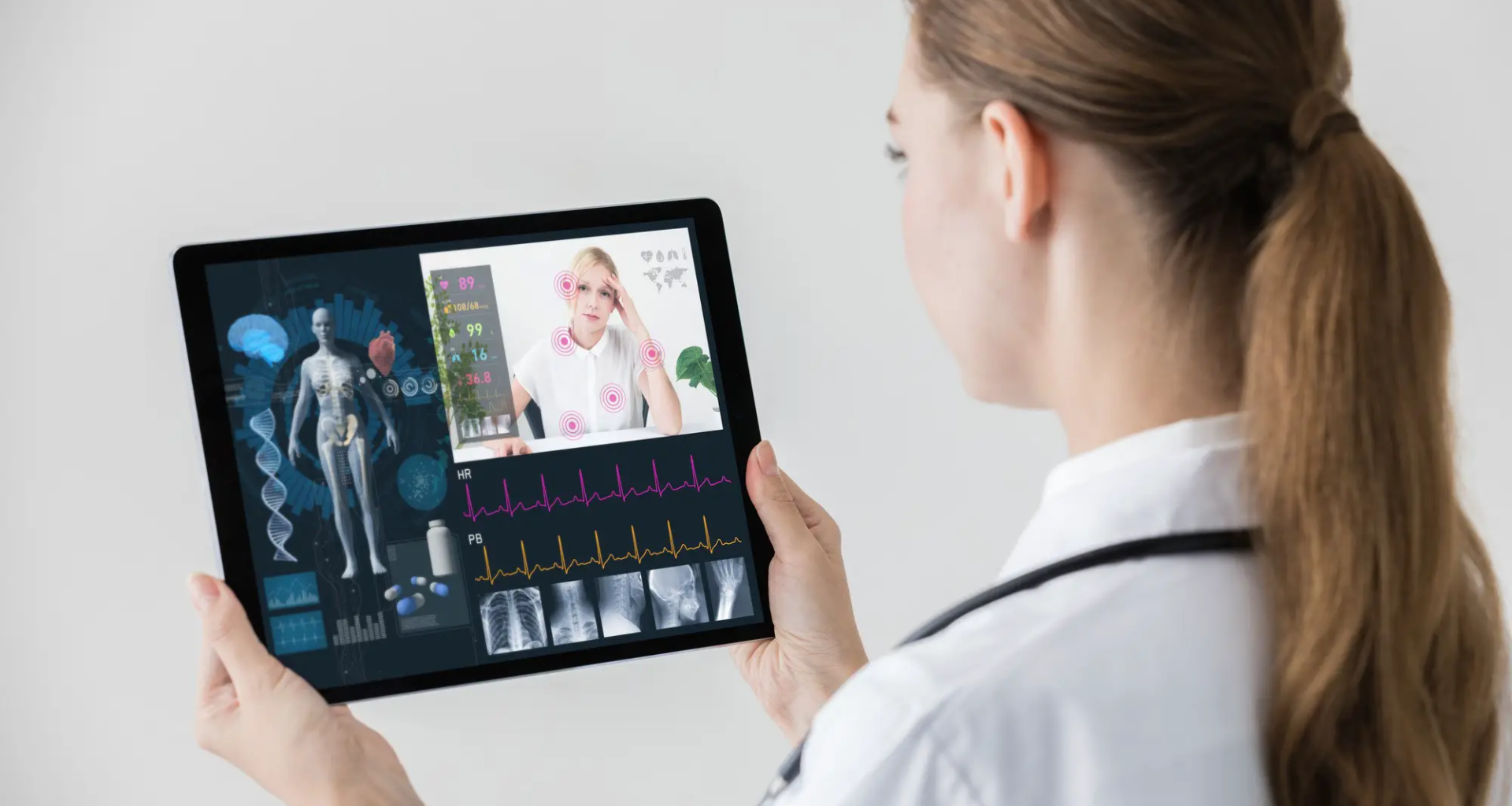Health and Tech Transformation
research & strategy institute
Joaquim Cardoso MSc
Chief Research and Strategy Officer (CRSO),
Chief Editor and Senior Advisor
May 30, 2023
EXECUTIVE SUMMARY
The end of the Public Health Emergency (PHE) does not bring an immediate and dramatic change to the healthcare system, but it signifies a move past the pandemic.
- The PHE revealed critical gaps in the emergency response system and posed challenges to providers, particularly hospitals.
While there will be a rollback of some COVID-related flexibilities, telemedicine will still continue, especially in the form of expanded Medicare reimbursement until the end of 2024.
- The regulatory authorities are still grappling with issues around telemedicine, and adjustments to the rules can be expected in the future.
The long-running debate about telemedicine will resurface, focusing on questions of safety, appropriateness, and financial feasibility.
- Telemedicine utilization may decrease as in-person care becomes fully available and with changes in insurance coverage.
- Telemedicine providers will need to prove telemedicine’s efficacy, value, and cost-effectiveness to regulators and payers to maintain its practice.
CIOs and health IT leaders should focus on technology solutions that work with patients’ accessible technology, maximize complementary technologies for care delivery, and ensure a positive patient experience.
- Producing actionable data on patient satisfaction, cost-effectiveness, and operational efficiency is crucial for decision-making and advocating for telemedicine expansion.
- Data privacy and security are paramount in telemedicine, and regulatory schemes should aim to keep unscrupulous players out of the market while minimizing the risk of data breaches.
Adapted from “Where telemedicine is headed now that the PHE has ended”, published on “Healthcare IT news”













